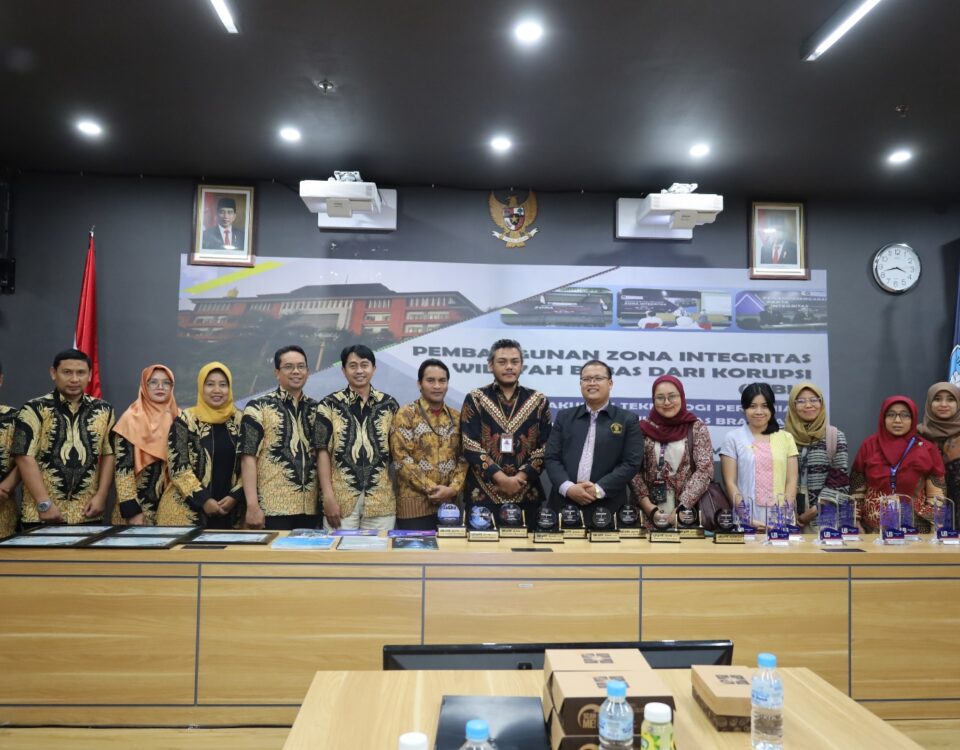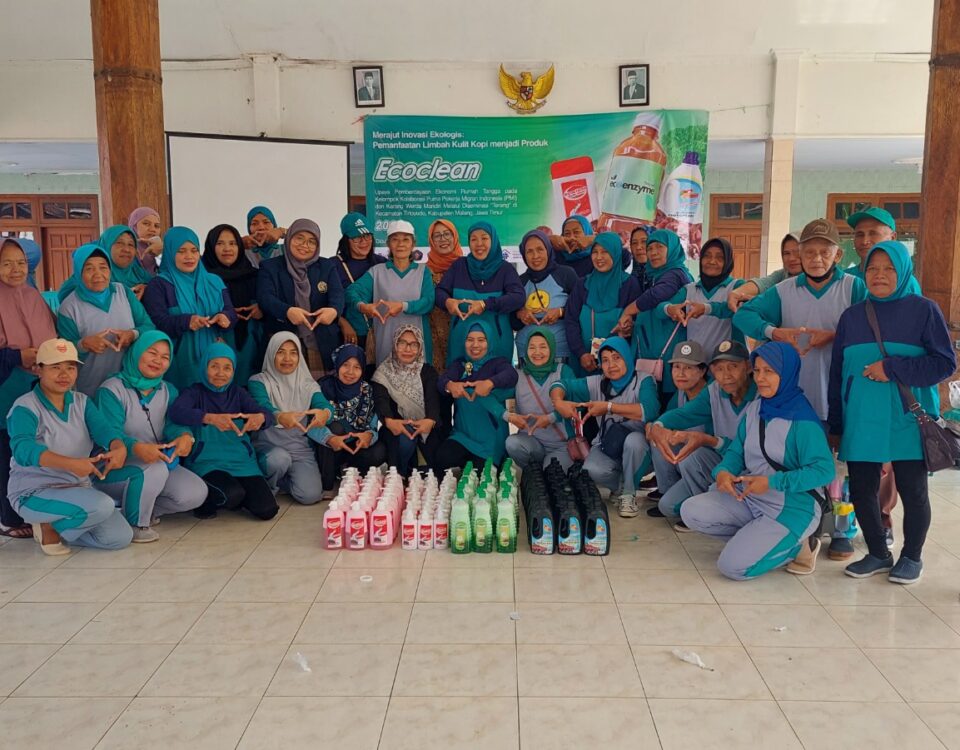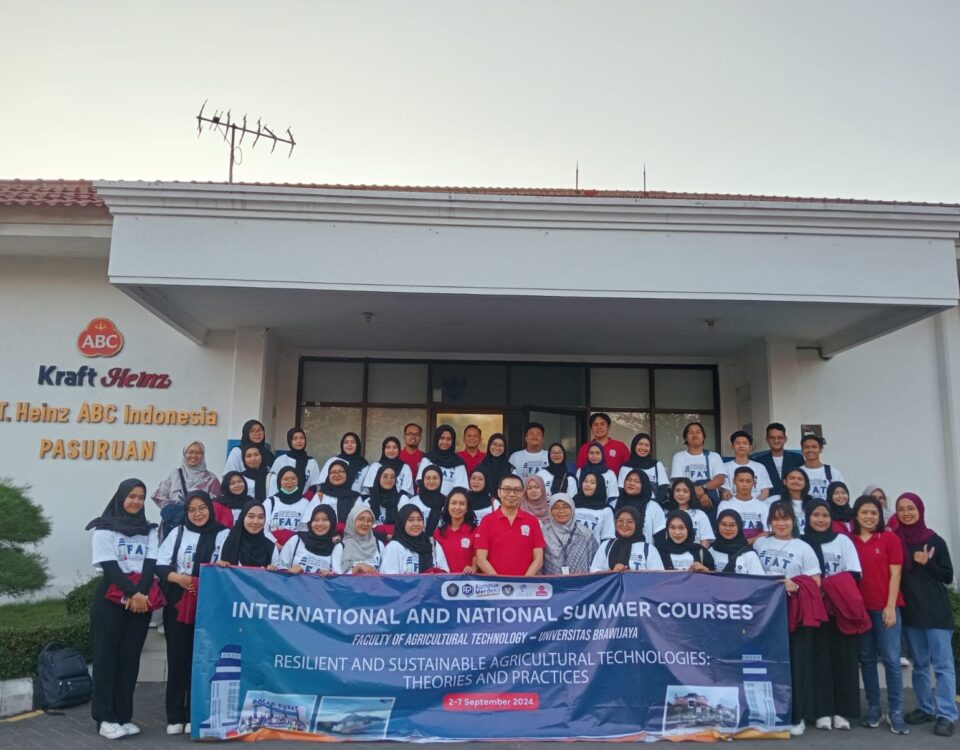Students of TEP Juggle the Cassava Peel to Bioethanol
Biofrond with Pretreatment Mechanic Nano Chemical Methode
May 13, 2015Yohana X-Factor Celebrate the 17th Surprise Party FTP Dies
May 15, 2015Starting from a concern for leather waste utilization ratio cassava (Manihot utilissima) which was comparatively very low made five students of Agricultural Engineering Faculty of Agricultural Technology (FTP TEP) innovated manufacture bioethanol. Through the Student Creativity Program for Research (PKM-P) in 2015, Dewi Utami (TL 2012) along with Hendaria Dwijayanti (TBP 2012), Alik Rangga P (TBP 2013), Afa Najmi L (TBP 2013) and Annisa Rahmah (TBP 2013) in under the guidance of the Goddess Maya Maharani, STP, M.Sc. fifth make an activity entitled “Degradation of Lignin Leather DASIKUKERI Cassava and Leri-Based Technology Microwave Heating Sodium Hydroxide Pre-Treatment On Bioethanol Production Indonesia Mandiri Energy Toward 2025”.
This activity aims to introduce the alternative of raw materials for bioethanol production. Cassava peel was chosen because it has fairly high carbohydrate content. Carbohydrate is a polysaccharide which would then be broken down into simpler molecules much more making it possible to convert into energy. In addition, the utilization of cassava peel waste is still limited to animal feed, so that leather waste has the potential utilization of cassava as raw material for bioethanol production.
The way to make this Dasikukeri is relatively simple. Cassava peel that has been washed then cut into small. Then the rice is soaked with water. Soaking aims to raise levels of carbohydrates contained in the cassava peel. Later it is dried with blower and followed by heating process with an oven at a temperature of 104 degrees Celsius. Drying is intended to reduce the water content so that clotting does not occur on the skin of cassava while undergoing the process of using disk flouring mill. Peel cassava flour sieved using eighty-mesh-sized sieve. While using the oven heating process aims to degrade lignin contained in the cassava peel that contains carbohydrates, cellulose and hemicellulose can be maximized processing. Results of cassava peel flour sifter is then analyzed the content of cellulose, hemicellulose and lignin using Chesson and microstructural analysis using SEM (Scanning Electron Microscopy). Furthermore, the treatment is given in the form of cassava flour mixing with NaOH and reheating with microwaves with treatment variations in the form of concentration of NaOH and heating time in the oven. The next sample tested using SEM to see the degradation of lignin is happening.
Bioethanol processing advantages of this team is on the methods used in its pre-treatment process. Because only with the wash, dry and ferment DioPen and then we’ll get bioetabnol. The tools used are also relatively easy to obtain on the market. be able to lift the skin cassava waste. Vinegar pre-fermentation process 5-6 days so that it takes a relatively long time. (dse/Translated by Ratri)
- Category in:
- News





